More about ‘Useful information for visitors to Umbria’
Val di Chiana
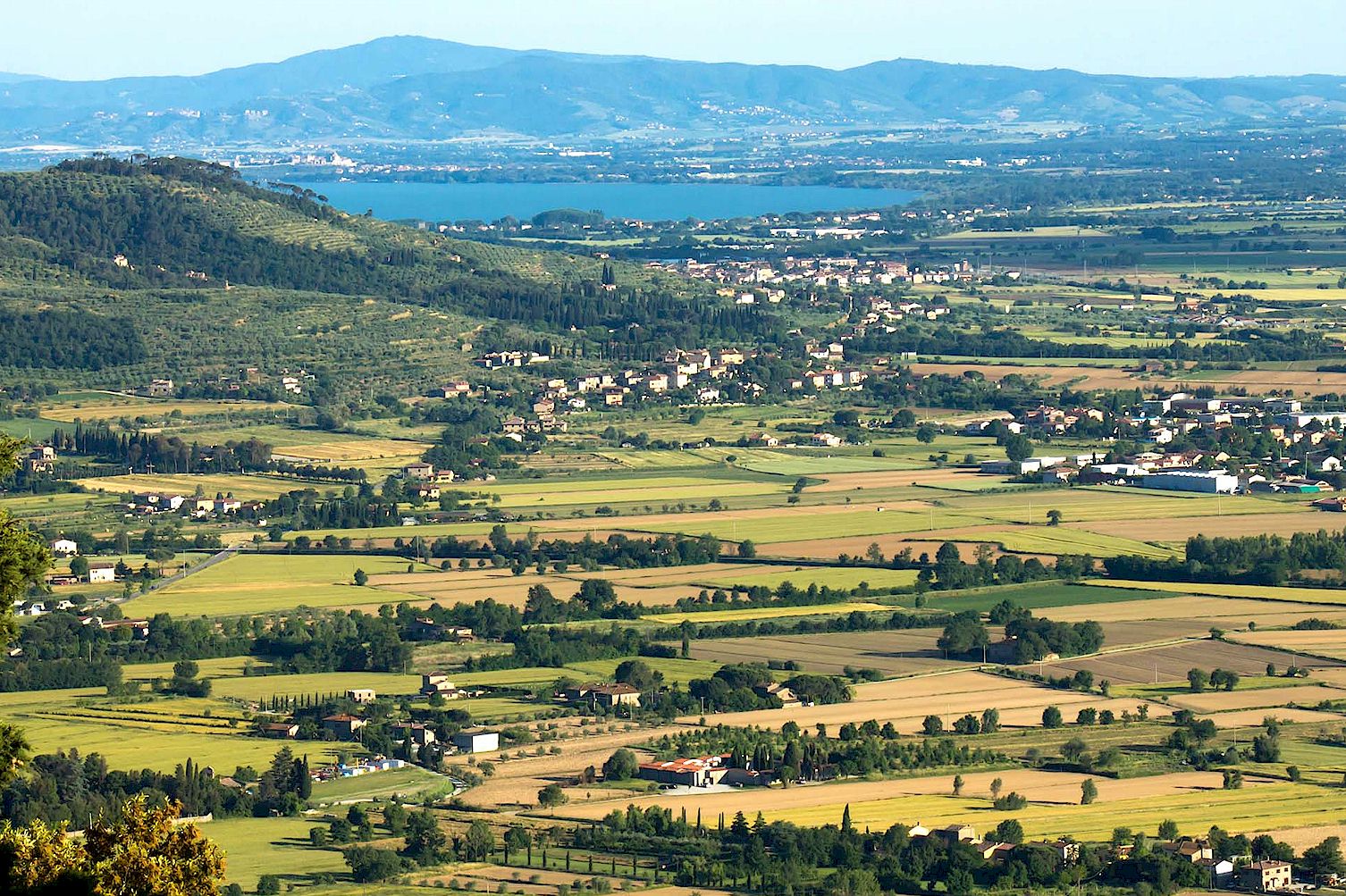
The Val di Chiana (Chiana Valley) is located in the territories of the provinces of Arezzo and Sienna in Tuscany and the provinces of Perugia and Terni in Umbria. For travellers between Rome and Florence, the Val di Chiana represents the point of contact between the Regions of Umbria, Tuscany and Lazio.
Timeshares and fractional ownership in Tuscany
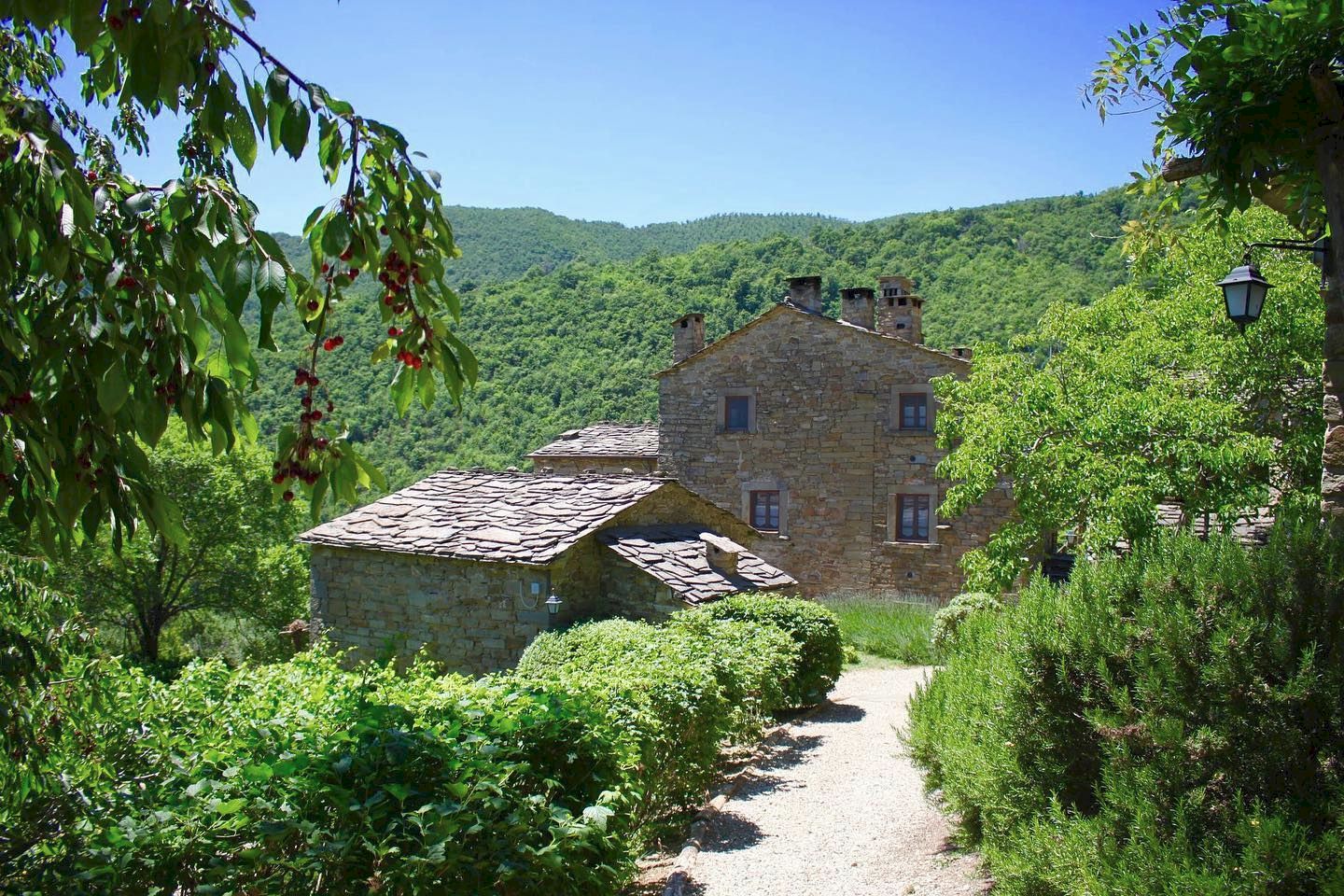
Fractional ownership of a vacation apartment is similar to a timesharebut with more flexibility and better equity. Borgo di Vagli fractional ownership club near Cortona on the Tuscan-Umbrian border provides access to luxury accommodation in a restored mediaeval village at a fraction of the price of owning and maintaining your own residence in Tuscany.
From Spoleto to Orvieto – an Umbrian Renaissance art itinerary
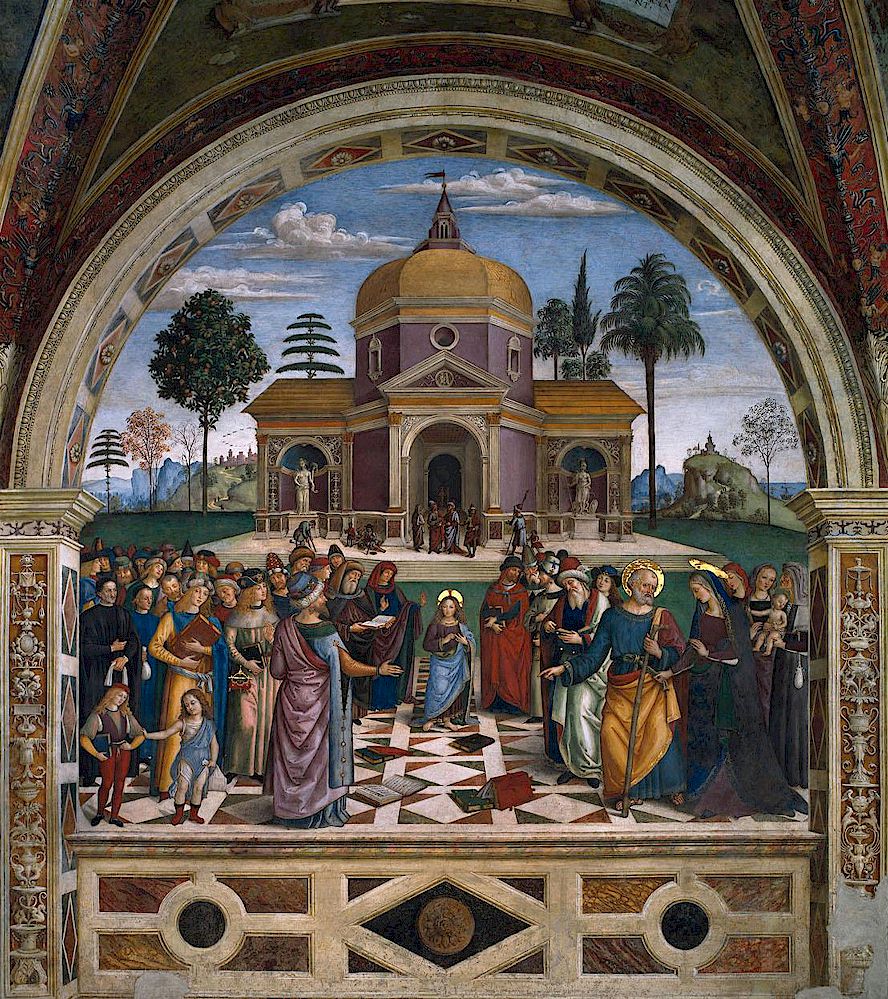
The journey begins with a visit to the Duomo (cathedral) of Spoleto. Although this structure, which dates from the 13 C, is predominantly Romanesque, its majestic portico is the result of alterations made during the Renaissance period. Inside, a cycle of frescoes by Filippo Lippi and a Madonna and Saints by Pinturicchio can be seen.
Attending Mass in the Basilica of St. Benedict in Norcia
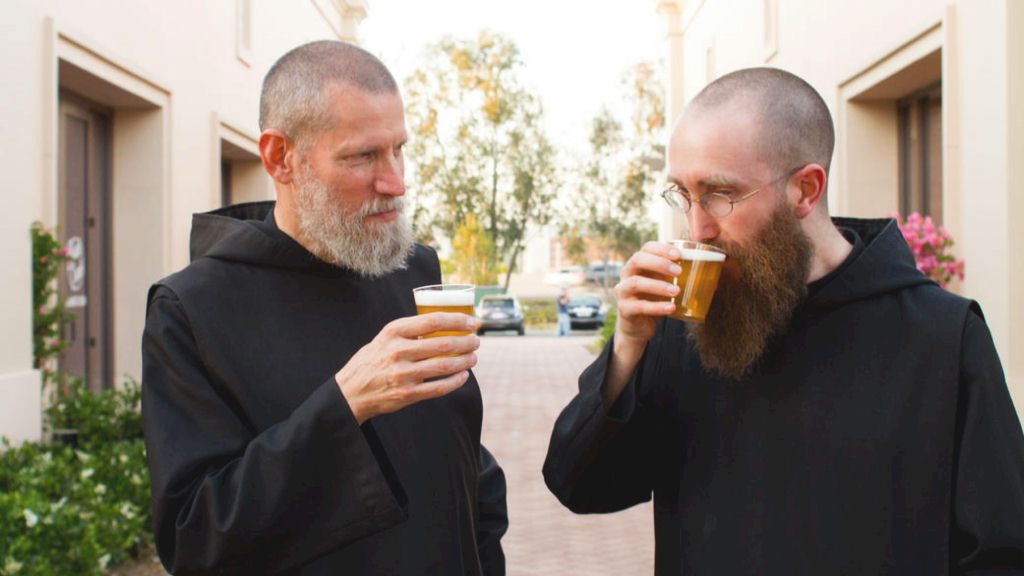
St. Benedict (San Benedetto) enjoys a very special place in the life of Norcia (Nursia, in Roman times), where he was born, probably in about the year 480, reaching manhood as the remnants of the Roman Empire slid into chaos. During the subsequent Dark Age, monasteries were often the main focal points of culture, learning, spiritual zeal and readiness for social action, in contrast to the agitated sea of barbarism that surrounded them on all sides.
Panicale
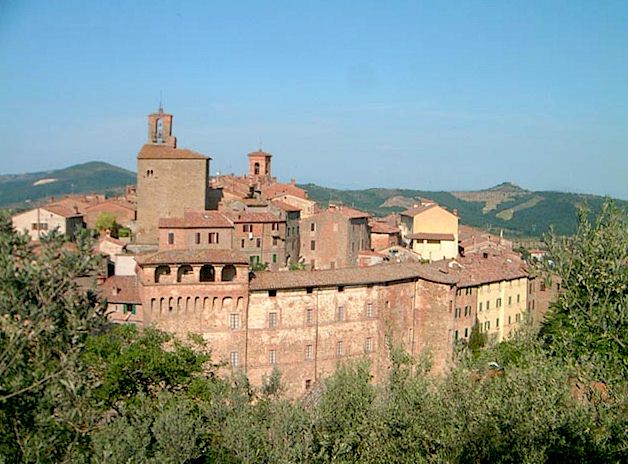
Panicale is a charming, mostly mediaeval, walled town about 6 km from Lake Trasimeno over which it offers a splendid view. The islands of the lake are sharply visible on a clear day. The few streets form concentric ovals that lead to the main piazza, Piazza Grande, which is the location of a fine 15 C fountain.
Carsulae
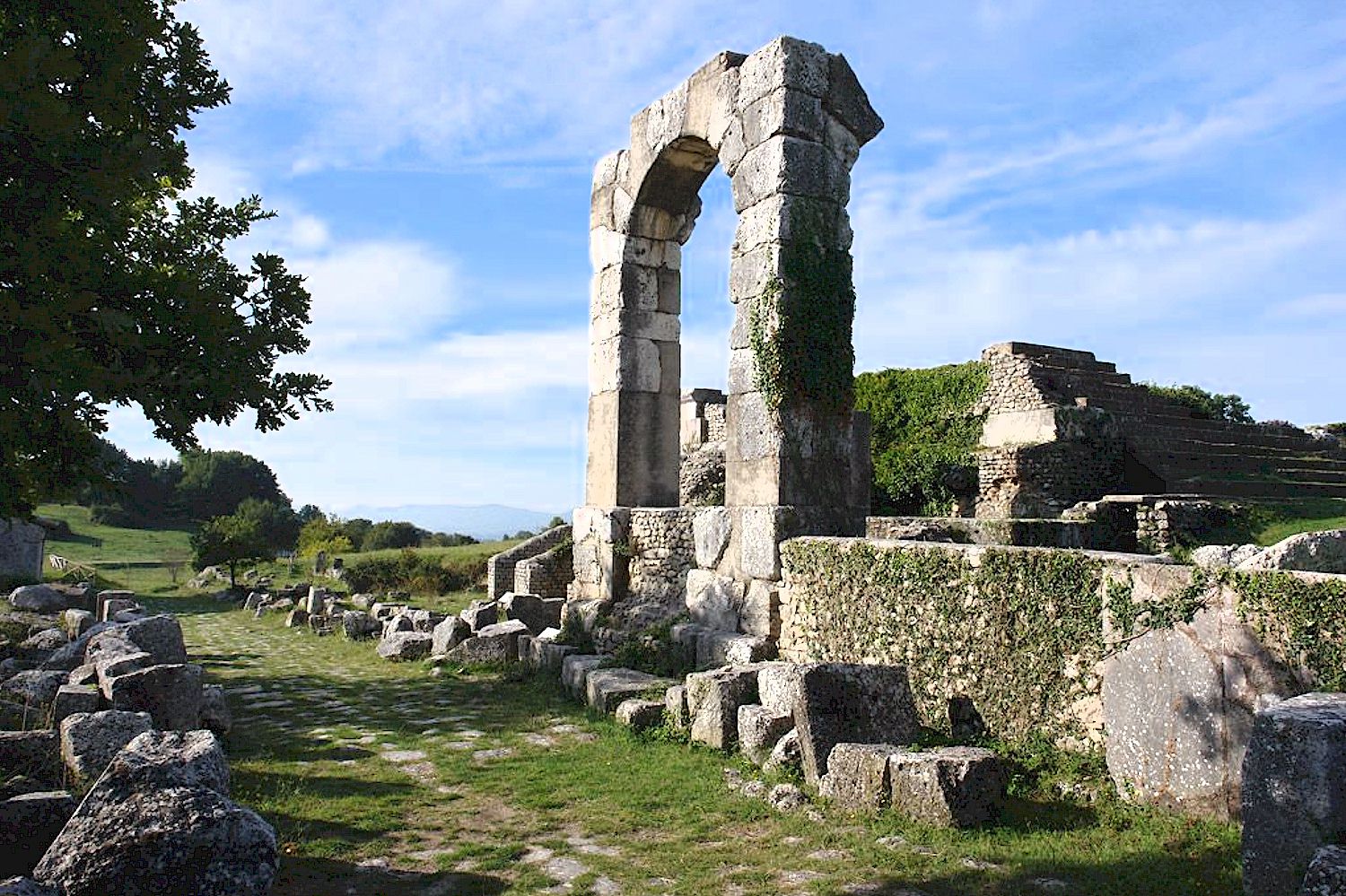
Carsulae is a quite well-preserved Roman city located in the Umbria countryside. Although not as spectacular as Pompeii and Herculaneum, Carsulae does nevertheless provide a readily comprehensible example of Roman city planning, with some of the major features of a Roman provincial city clearly visible.
Assisi
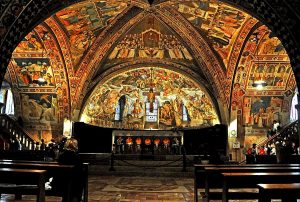
The “old town” of Assisi is not very large and can easily be explored on foot. The Papal Basilica of St. Francis of Assisi is the mother church of the Order of Friars Minor, commonly known as the Franciscan Order. As the burial place of St. Francis, the basilica is one of the most important pilgrimage destinations in Italy.
Festivals of Umbria
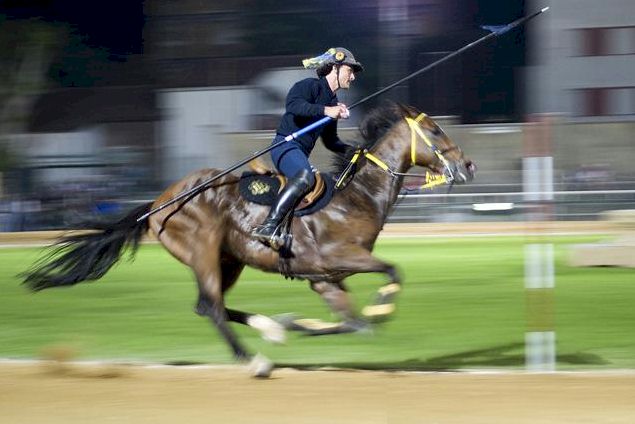
One of the great pleasures of a visit to Italy is to stumble across a local festival or fair (festa, sagre, fiera). Although there are a great many of these events – fairs, costumed festivals, patron saints’ days etc. – so that your chances of finding yourselves participating by chance are good, it is nevertheless worthwhile to do a bit of research because some of these festivals are not to be missed.
Map of Umbria, Italy
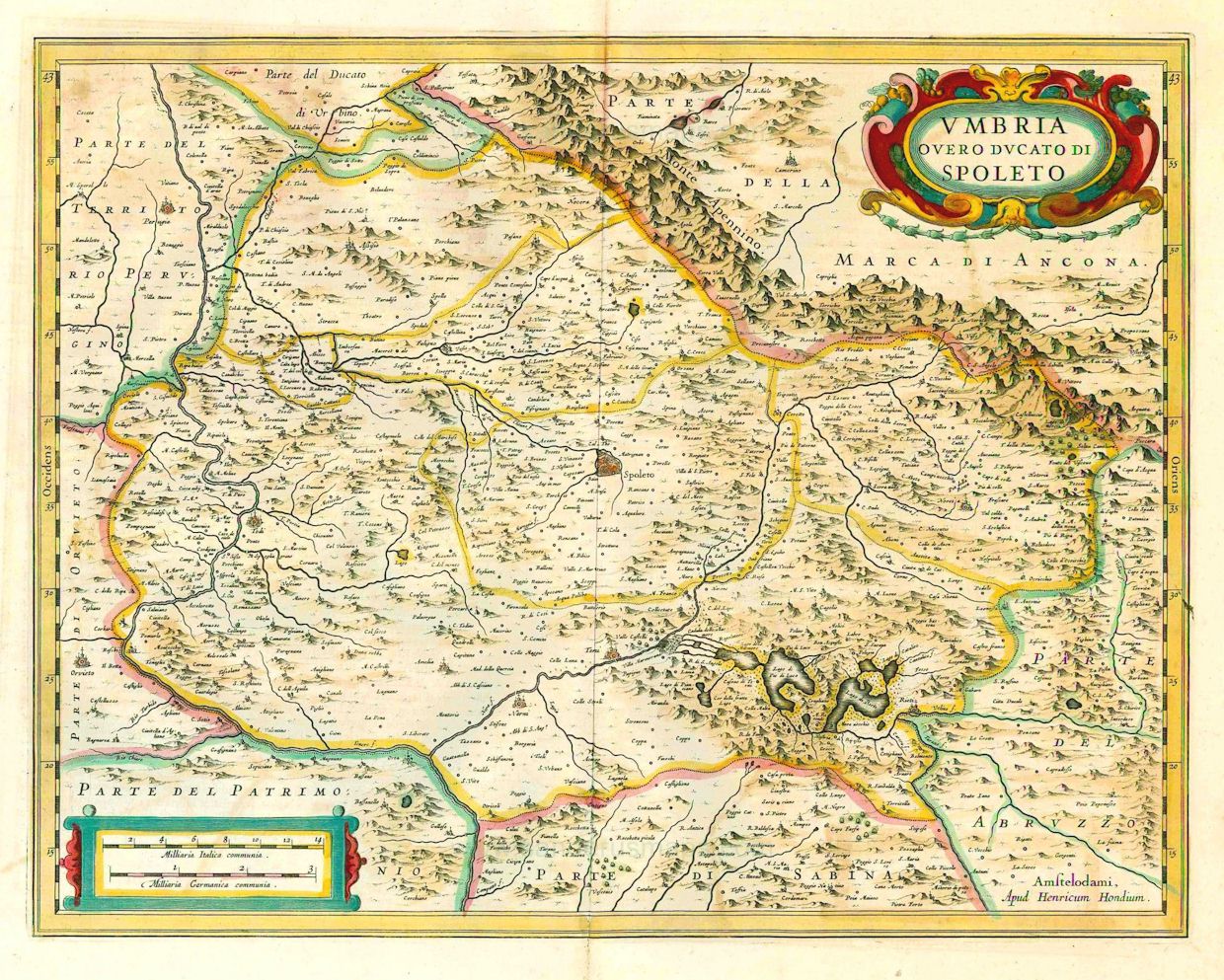
Here’s an interactive map of Tuscany with links to the best websites for many of the most interesting cities, towns, villages and sights of Tuscany.
Abbey of St. Cassiano in Umbria
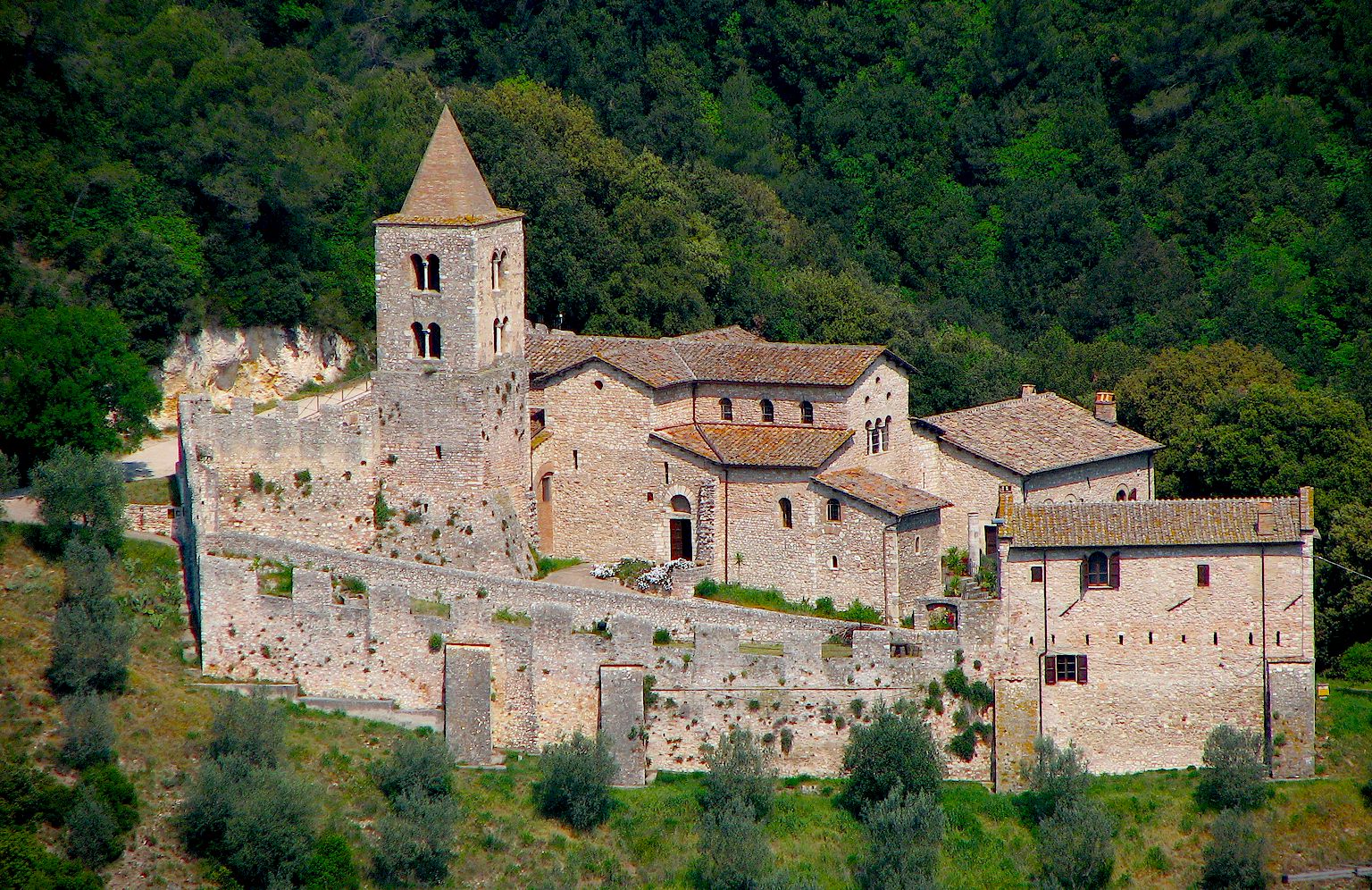
The fortified Benedictine Abbey of St. Cassiano is beautifully located on Monte Santa Croce, overlooking and controlling the Nera, in Umbria. The abbey was built on the site of a fortified monastery dating back to the Gothic Wars (6 C), and was probably built by the famous Byzantine general, Belisarius.
Sibylline Mountains (Monti Sibillini) in Umbria
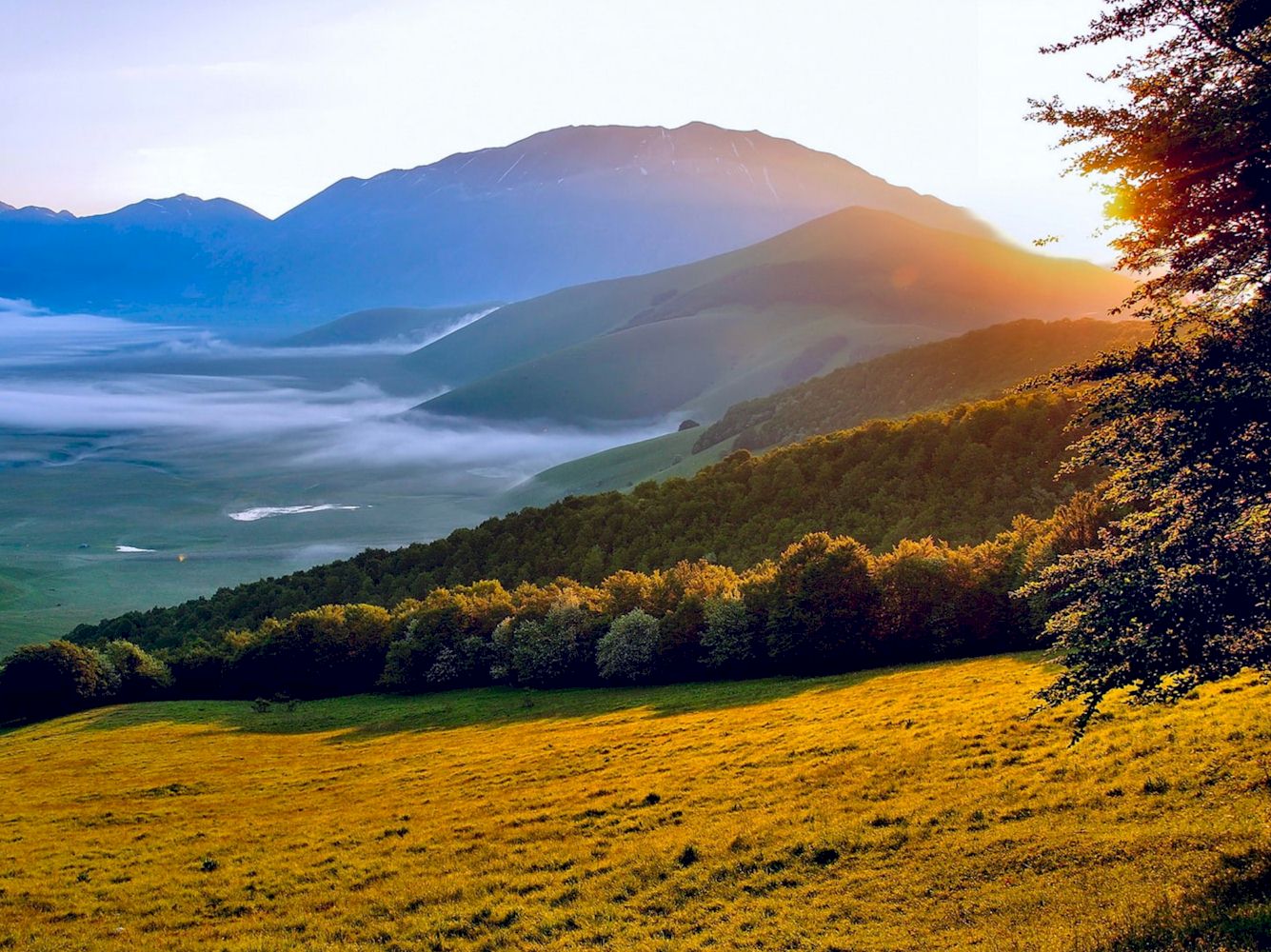
Castelluccio di Norcia is a small high-country village situated in the the Sibylline Mountains (Monti Sibillini) of Umbria. The geomorphology is dominated by U-shaped valleys and glacial plains formed by huge glaciers during the last ice age. The attraction of these high altitude valleys is the “Fiorita” or “Fioritura” (the Flowering) of Castelluccio di Norcia. Between the end of May and the beginning of July of each year, the plains change colour as millions of flowering plants burst into bloom.
Museo Archeologico Nazionale di Orvieto
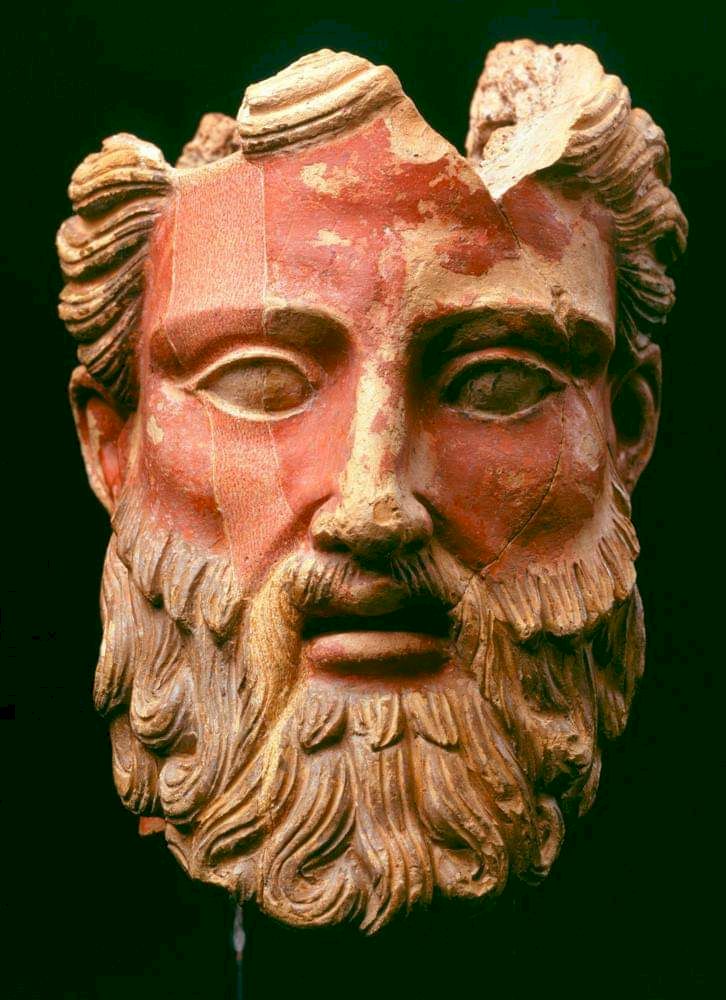
Visitors to Orvieto should not miss the two small museums located on the Piazza del Duomo. These are the National Archaeological Museum which holds the most recently found archaeological materials from the city and surrounding area, and the Museum of the Faina Foundation, located on the opposite side of piazza which holds a number of older finds plus items bought on the antiquarian market. Of special interest are the Etruscan artefacts, since Orvieto is a good candidate to be the site of Etruscan Volsinii (Velzna or Velusna) which was known to stand on a steep height and was the location of the Fanum Voltumnae, the most important sanctuary of the Etruscans.
Tuscany Travel Websites
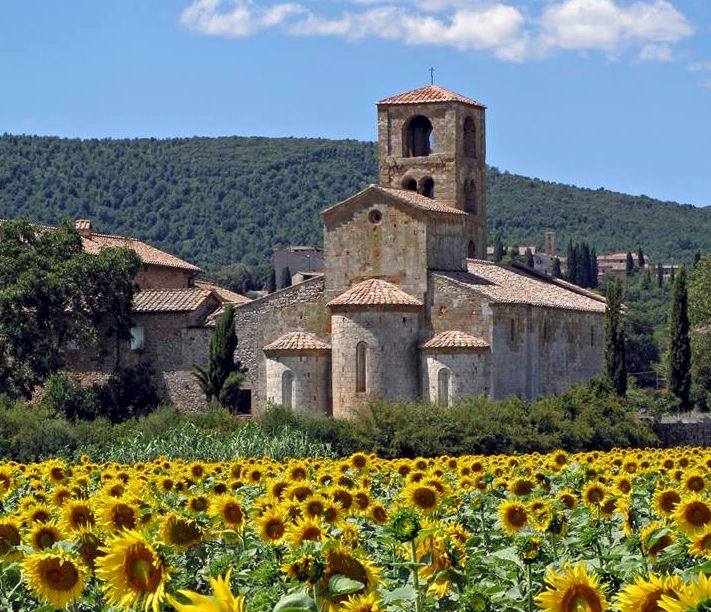
Best travel web sites for Tuscany – sights, events, activities vacation accommodations, tours, wine tasting, art and archtecture, history of Tuscany.
Roman Umbria
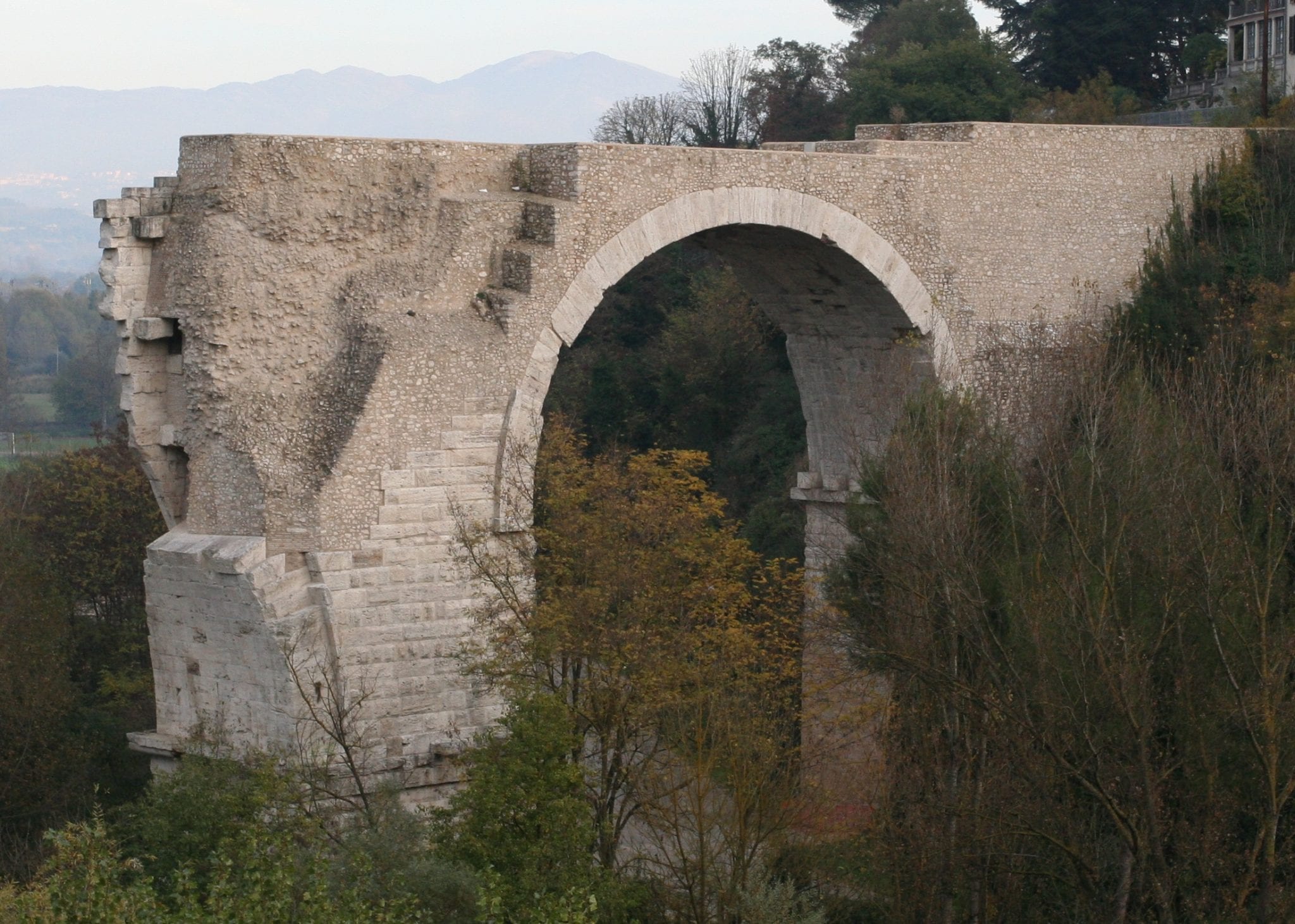
Many Roman ruin and Roman history enthusiasts visiting Italy might be unaware that, in addition to Pompeii and Herculaneum, there are many splendid Roman remains to be found outside of Rome and its environs. A great many of these are located in Umbria, in part because some important Roman roads, notably the Via Flaminia, ran through what is now Umbria.
Orvieto
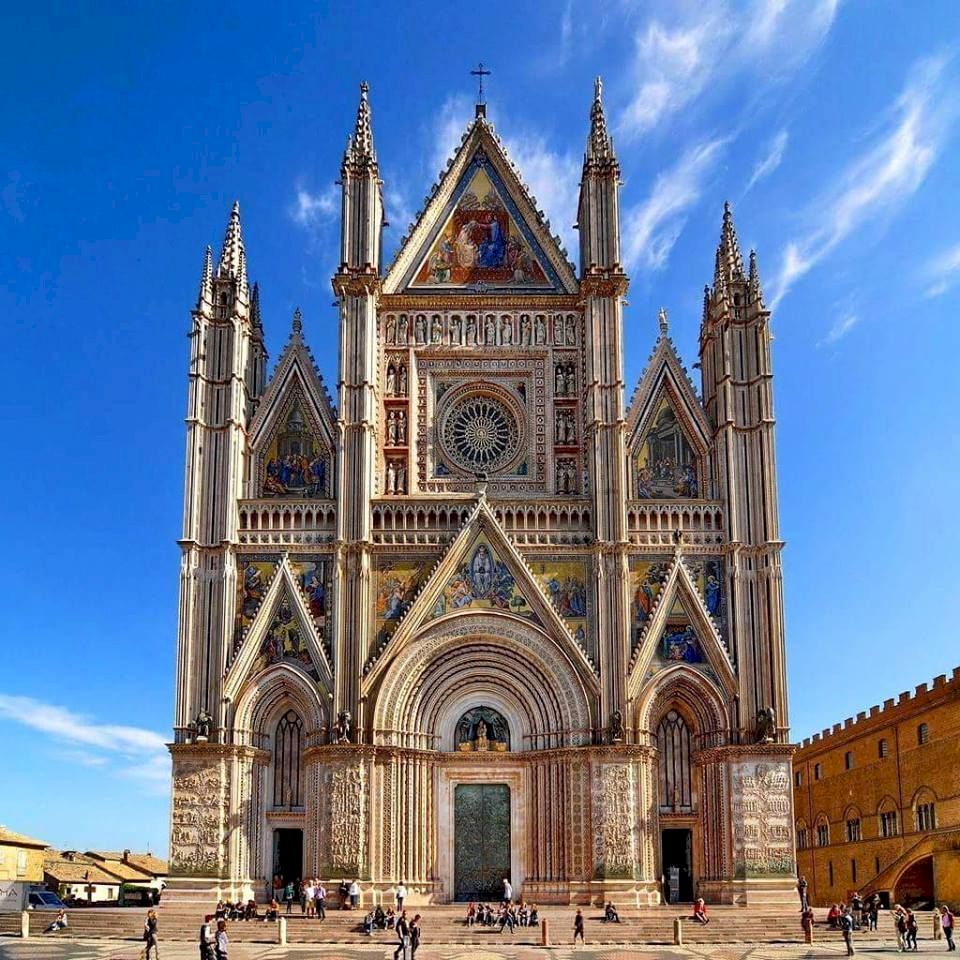
Orvieto, Italy is situated on the flat summit of a large butte of volcanic tuff, one of the most dramatic townscapes in Europe, rising above the vertical cliffs that are extended by defensive walls of the same stone. The facade of theDuomo of Orvieto, a masterpiece of Italian gothic art, is equally spectacular, consisting of bands of black and white stone decorated with bronze dragons, gold mosaics and marble bas-reliefs by Lorenzo Maitani.
Pintoricchio
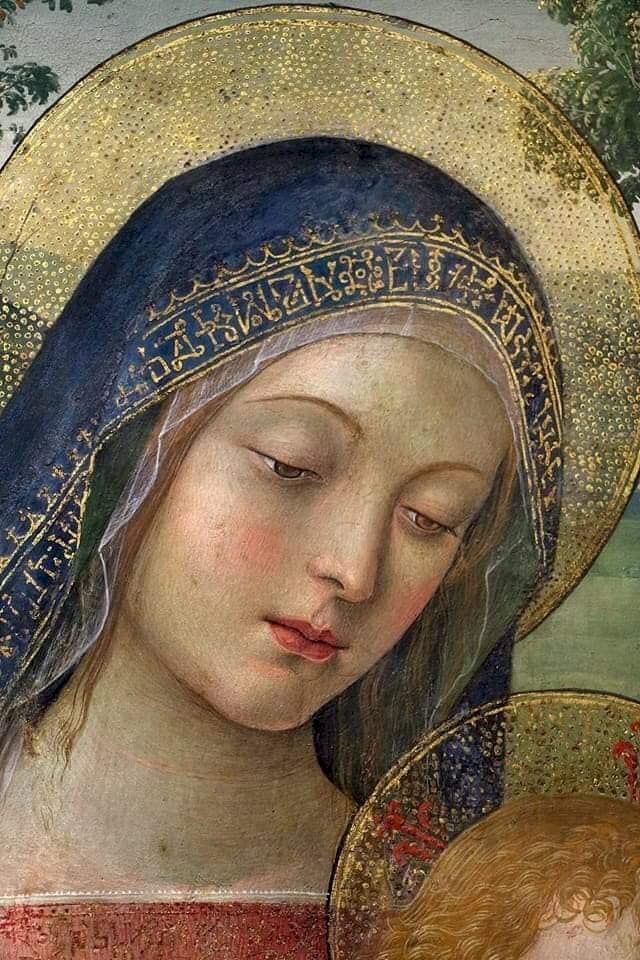
Pintoricchio was born in Perugia in 1481, worked mostly in Sienna, but also in Rome and Perugia, and died in Sienna in 1513. According to Vasari, Pinturicchio was a paid assistant of Perugino. The Baglioni Chapel is a chapel in the Collegiate church of Santa Maria Maggiore at Spello in Umbria and is famous for the frescoes executed by Pinturicchio from ca. 1500 to 1501.
Perugino
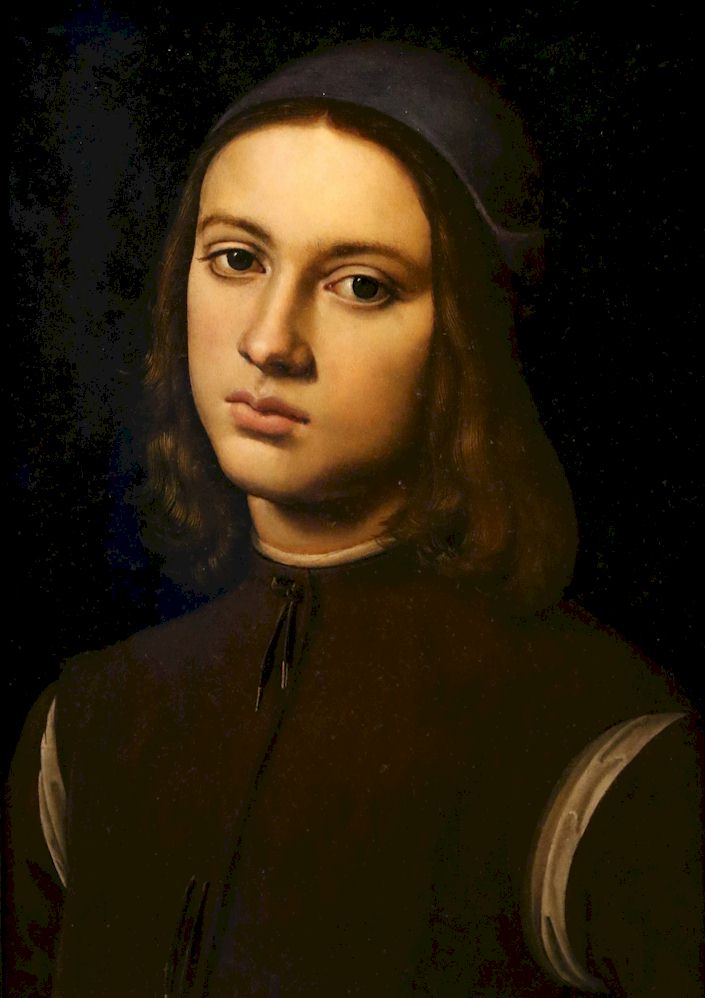
Perugino was the foremost painter of the Umbrian Renaissance. He was famous for his fiery temperament and lack of religious belief and yet he painted the tranquil and exquisite Madonnas against finely detailed backgrounds.
Deruta
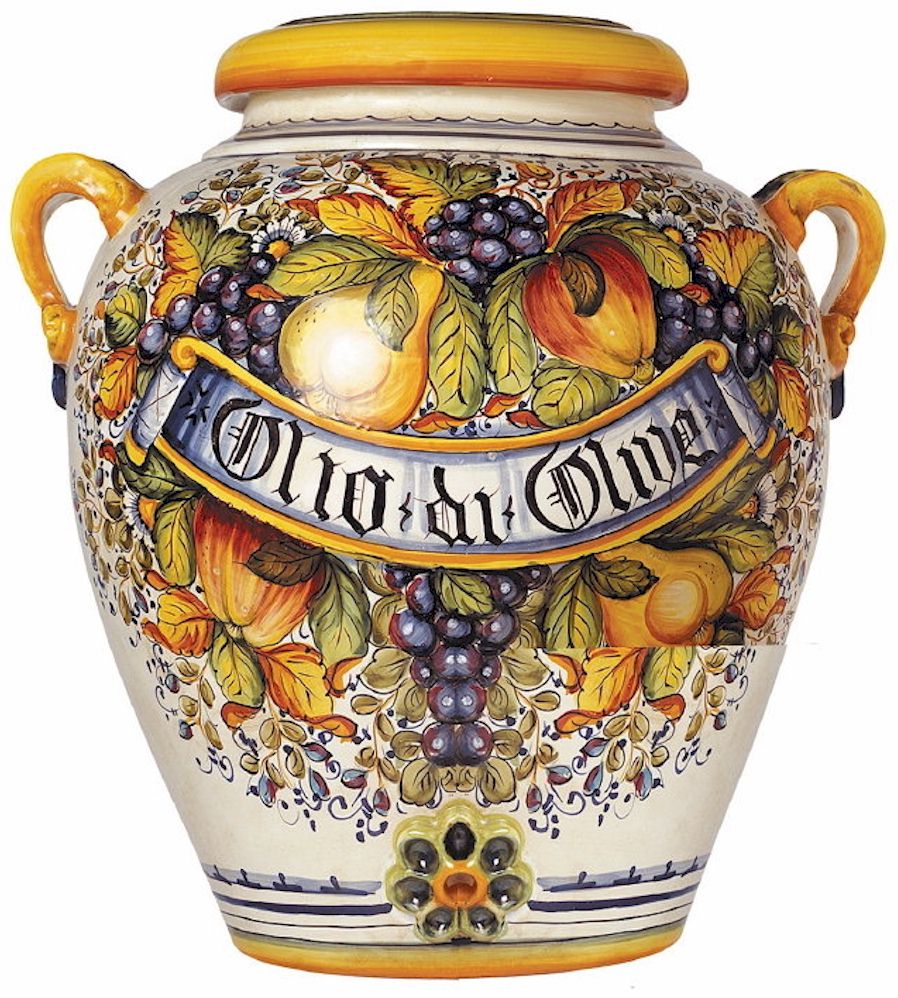
Deruta is a major centre for the production of painted ceramics in Italy and this is the main reason to visit this attractive town in the Province of Perugia. Nevertheless, in Deruta there are a fine gothic church and an art museum housing a fresco by Perugino.
